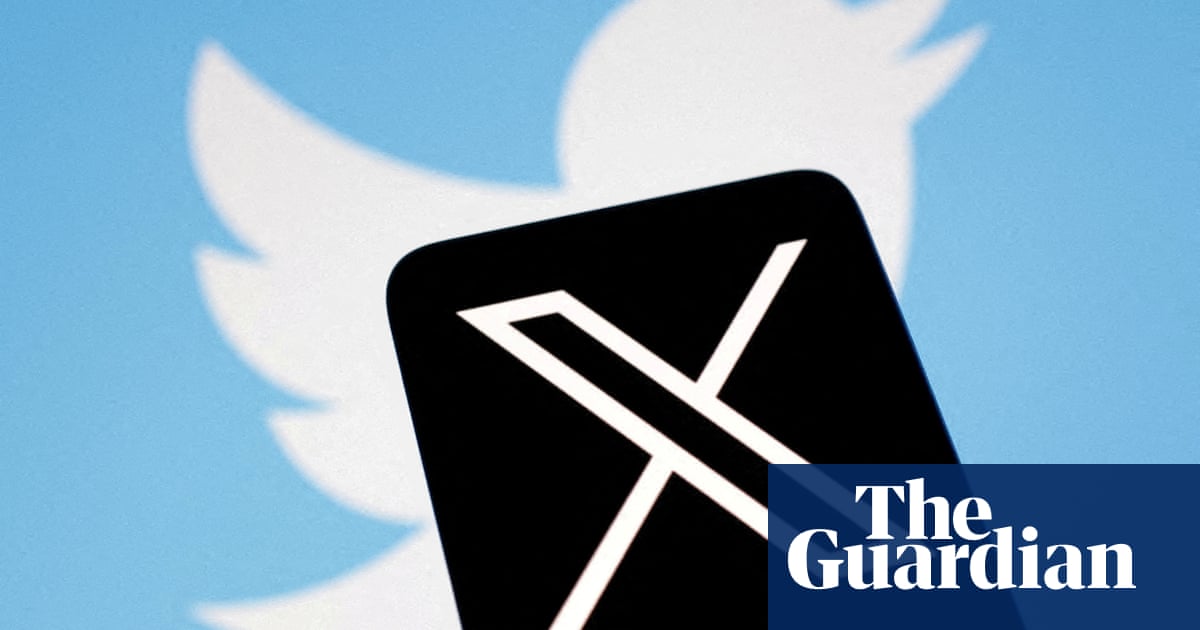- Digital Media Products, Strategy and Innovation by Kevin Anderson
- Posts
- The platform era is over. What comes next?
The platform era is over. What comes next?
Mediabistro's five strategies for a career in a media corporation
The platform era is over. The statement has so much supporting evidence that the idea is now beyond dispute. A decade ago, a lot of energy was focused on how to use social media algorithms to send torrents of traffic to your site. But let’s be honest, it wasn’t that this led to a healthy, revenue-positive business. It just juiced the traffic to both legacy sites and a raft of businesses targeting Millennial audiences of various stripes. The digital media start-ups often had rocket boosters in the form of VC funding, and many of them were never revenue-positive. The entire strategy was to become the media empires of the 21st Century, but like so much in media in the 21st Century, this was really a roll-up play. You got big and bought up the smaller, often weaker competitors.
The New York Times is a bit late to the party in writing about this, and I think that they focus on the news industry because it is the anxiety that grips their staff (and shouldn’t). Publishers like the Times began building direct relationships with audiences more than a decade ago with their metered paywall. It’s worked brilliantly, and you could argue that they are now one of the winners of the digital media era, much more so than BuzzFeed, which shuttered its news division because of the brand dissonance between news and aggregating what obsessed the internet on any given day for social media audiences and a lack of a business model for that content.
Not that the collapse of social media traffic and search to a lesser extent doesn’t have negative consequences for the Times and other reader revenue-driven businesses. They need to think about new methods of audience acquisition, but at least they have a solid business that they can build on.
It brings me little joy to highlight not just this story but the wider trend of digital media properties that were built to cater to Millennial women are in trouble. The pioneering feminist site Jezebel is up for sale. Axios highlights how this is part of a larger trend and lists all of the other sites and media properties in that space that are suffering as well.
I especially note the decline of The Skimm, which is a really smart newsletter property that I used to highlight in presentations seven or eight years ago. I think they missed an inflection point around that time. Honestly, they were Axios before it was launched - smart brevity.
However, the end of the platform doesn’t mean that this will end the pain for local news operations. Despite moving out of the newsroom in 2019 and to a media-adjacent software company in 2022, my roots are in local news, and I still think about how to solve its problems. I think that we are seeing a new on-ramp for local news micro-start-ups: the humble newsletter. It has become the MVP - minimum viable product - for a local news startup. More than social, more than a site, having a newsletter is the core MVP for someone looking to create a new, local news outlet.
However, I also like to see new policy solutions to the problem. Washington DC - where I lived on and off for almost eight years - is doing something novel: It is creating a fund that will allow its residents to support the local news outlet of their choice. It will be interesting to see how they define a local news outlet and how they will enforce the use of the vouchers, but it is interesting.
And if newsletters are the MVP, we see successful newsletter operators looking for what comes next. The folks at Inbox Collective highlight ways in which newsletters writers are adding products that extend the connection that they have with audiences with private, premium communities on Slack or Discord. As someone who worked in community media and then bringing community to larger media brands, I find this trend fascinating. It’s not a fast or easy play but for established media creators and brands, it can be an extension to deepen the relationship and hopefully increase revenue.
This is a great story from journalism.co.uk on how a Zimbabwean journalist grew to understand the business side of journalism and has been able to achieve successful digital transformation. I like the piece because it applies not only to large media businesses but can be applied at just about any scale.
And from the US, we have a few examples of how local news entrepreneurs are launching new ventures. I think that small-scale local news outlets will serve a lot of communities where the major chains and groups have retreated.
I know that there are a lot of people out there trying to get ahead in media, and these five steps are solid. I will highlight one of the five skills because it took me a while to appreciate the power of soft skills. When you’re starting in media, you are rewarded for your hard skills, but you won’t rise through the ranks by mastering those hard skills alone. And for a lot of people, that’s OK. However, if you want to rise to management, you also need to master soft skills.
Navigating the pros and cons of AI in editorial organisations
A thoughtful piece to reflect on during the weekend. Of the insights, managing and navigating trade-offs is one that really resonates with me. There are rarely perfect solutions in life, and it’s important to measure, weight and consider the pros and cons of any decision.
From the theoretical and managerial to the tangible, The Fix looks at how newsrooms are developing AI guidelines. When I was a journalist and then editorial leader, I often said that I was a traditional journalist who used cutting-edge digital tools. That meant that my decisions were always grounded in core journalistic values. They provided me with principles to assess the trade-offs of new technologies in my work.
This week in Twitter: New subscription plans coming
Musk has always said that he wants to build Twitter into a super-app. Here is the problem with what he is doing with his new subscription plans: He’s trying to charge for activities in the app that have been free up to this point such as commenting, bookmarking and posting. And subscription products shouldn’t be used to manage abuse on a platform - Musk’s obsession with bots. He should use some of that technical brilliance that his fanboys constantly talk about. Sure, it’s just a $1 annual fee, but it feels like a really bad, desperate way to fight bots.
The response has been uniformly negative. It’s a bad idea along with a lot of the other bad ideas. Musk definitely seems to be living the Silicon Valley mantra of “move fast and break things”. He has succeeded in breaking a social media brand. That much is sure. /







